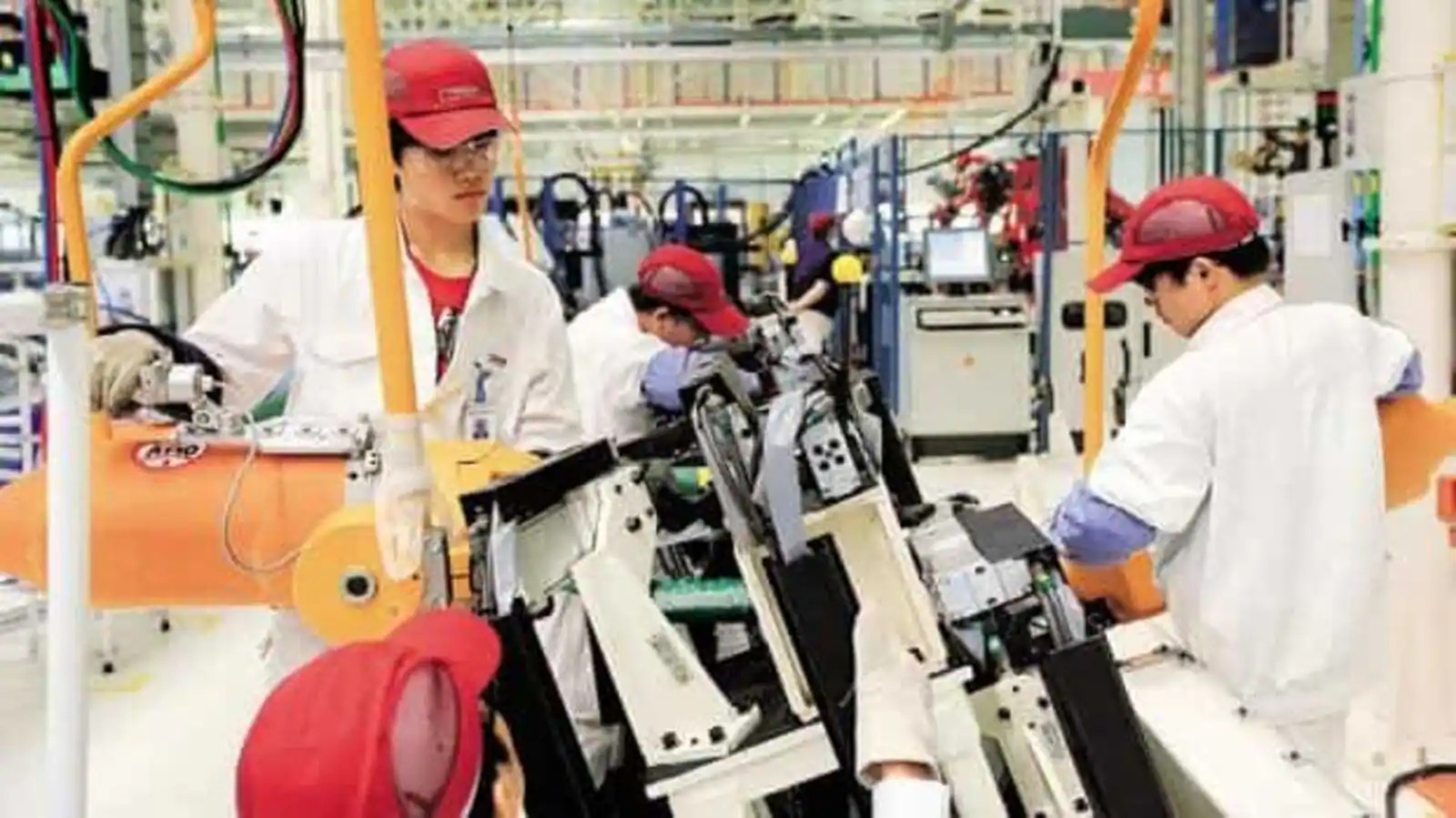


China, the world’s second-biggest economy, is going through intense economic times. From now onwards, indefinitely quite a while, the Asian Giant has been under enormous tension, reflected by feeble economic data. The world has gotten so familiar with a China that generates fortunate economic outcomes that it’s difficult to get our heads around what happens when slow development turns into the standard as opposed to the exception. Most reports highlight an economy that, a long way from thundering back from “zero-Covid”, is battling to gain a lot of ground. Under an hour after the People’s Bank of China (PBoC) declaration came one more slew of downbeat data: retail sales rose much less than anticipated, property investment continued its losing streak and unemployment ticked up. Beijing may likewise be watching out for the yuan, which is down around 5% against the dollar this year, the greatest retreat among Asian currencies after the yen. The government in Beijing does not really need a fast drop. The PBoC will in general involve changes in strategy rates as flagging device, with the heavy lifting being done by other tools such as adjustments to reserve requirements and bank loan quotas. The new cut recommends that these tools will be sent as well, steady with the PBoC’s commitment of additional economy related facilitating. The country’s economic data for July paints an unsettling picture, with key pointers, for example, retail sales, industrial output and investment output failing to match expectations. Exports fell to $281.8 billion as the decrease sped up from June’s 12.4 percent decrease. The value of imports has fallen to $201.2 billion. In addition, the country’s global trade surplus decreased by 20.4% to $80.6 billion from a record high a year ago. Chinese leaders are trying to increase business and buyer activity.
This has fueled concerns over a deeper and longer slowdown in growth. Data related to Chinese economic activity has been missing forecasts since the beginning of the second quarter, and it has raised some serious concerns, evidenced by the nervousness in global markets. China’s economy will in general move in cycles. Seen from a far distance, a yearly development of 5% or 6% still looks great. Be that as it may, a downshift to something like 4% or, in time, 2% to 3%, would appear to be a calamity. This was continuously going to occur. A long time back, the OECD made a pass at displaying the world through 2060. While China’s portion of worldwide result will keep on ascending for basically one more ten years, its total national output will ultimately develop at an undeniably less energetic speed, one that would look like the US or EU economy’s development, not China’s of the 1990s or mid 2000s. China slipped into collapse recently, with the shopper cost list dropping 0.3% every year in July, as per the National Bureau of Statistics. People’s Bank of China made an unexpected rate cut for this present week, and policymakers are in the middle of between animating the economy and setting up its debilitating money.
Implications for the globe
The whole world is experiencing the intensity of China’s monetary implosion. Yet, why has the country’s slump made the world apprehensive? China is a predominant worldwide player across most worldwide areas, with the IMF latest World Economic Outlook predicting the country to contribute over 22% of the global gross domestic product (GDP). Notwithstanding its standing, China is a significant bilateral trade partner for some nations, and a top provider of goods, procuring it the title of the manufacturing hub of the world. Practically every one of the significant organizations all over the globe have their stock chains established in China, from Tesla to Apple, among others. Basically, China is the world’s biggest manufacturing economy and exporter of products. Likewise, the nation is the world’s biggest buyer of various key products, including metals. Consequently, a decrease in China’s economic movement can seriously impact the global demand-supply balance—not a decent improvement when the world is simply beginning to recuperate from a monetary stoppage, set off by different factors, for example, expansion, the Russia-Ukraine conflict and outrageous climate issues.
Will the slowdown come to an end?
Presently, China has been left managing high debt, with exports slowing down due to the global slowdown. In this manner, the Chinese government has its errand removed as the need might arise to persuade families to spend more and save less in a declining financial climate. Obviously, it is attempting to do as such as the nation is confronting “flattening” as ongoing information has shown.
Deflation is something contrary to expansion and alludes to a maintained and general reduction in the general value levels of labor and products in the economy. To exacerbate the situation, the Chinese property markets are seeing higher pressure—a stressing improvement given that it represents about a fourth of the country’s economic movement.
In the event that circumstances get worse, China could be well headed to confronting stagnation which could handicap its economic development for quite a long time.
Buyers and entrepreneurs in the nation are as of now feeling the aggravation of the monetary logjam, with unemployment rates increasing quick. Presently, China’s most critical way toward tending to the stoppage lies in lifting the extent of household consumption inside its GDP. However, in the event that this try misses the mark in the short term, the perseverance of China’s financial strife could resonate worldwide with sweeping outcomes.
Sharanpreet Kaur in an Assistant Professor of International Relations at School of Social Sciences, Guru Nanak Dev University, Amritsar. She is the author of the book ‘India’s Soft Power Diplomacy: Prospects, Challenges and the Way Forward’. She usually writes on matters related to India’s foreign policy, global issues, and the politics of South, Central and West Asia.